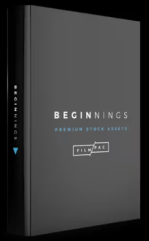
What is Film Grain?

The concept of film grain frequently captures the interest of both enthusiasts and professionals in photography and cinematography. Grasping this concept thoroughly can significantly broaden your understanding and improve your ability to express yourself artistically. This applies equally to those working with either traditional film or digital formats. This knowledge of film grain is crucial for creating specific visual effects and textures in your imagery, making it a vital aspect of photographic and cinematic artistry.
Film Grain Definition
‘Film grain’ refers to the visible specks or ‘grain texture’ that appear in both film stock and digital images. This texture is not just an aesthetic detail; it’s a fundamental characteristic of how images are captured. In traditional celluloid film, this texture originates from the metallic silver particles embedded in the emulsion layer of the film. These particles, known as silver halide grains, vary in size and shape, contributing to the unique film grain characteristics of each photograph.

Film Speed and Grain Size
One key factor influencing the appearance of film grain is film speed. Higher film speeds generally result in more noticeable grain. This is because faster film requires larger silver halide grains to effectively capture light, which in turn makes the grain more visible in the final image. On the other hand, slower film speeds tend to have fine grain, making them ideal for detailed and smooth photographs.
Digital Images and Film Grain
With the advent of digital cameras, the traditional grain caused by silver halide grains has been replaced by digital noise. However, many photographers and filmmakers still seek the aesthetic of traditional film. This has led to the development of film grain overlays and techniques for adding film grain to digital images. These overlays mimic the random physical texture of traditional film, allowing digital images to exhibit the classic look of film grain.
Film Grain Overlay in Digital Video
In digital video, adding film grain can introduce a sense of authenticity and nostalgia. Film grain adds a layer of texture that can soften the often too-crisp edges of digital imagery, making it feel more organic and less sterile. Adding film grain techniques are particularly popular in digital video post-production, where filmmakers strive to recreate the classic appearance of celluloid film.
The Artistic Value of Film Grain
Beyond its technical aspects, film grain holds artistic value. The film grain texture contributes to the mood and atmosphere of an image, offering a tactile quality that can evoke emotions and memories. Whether used subtly or as a prominent feature, film grain can add depth and character to photographs and films.


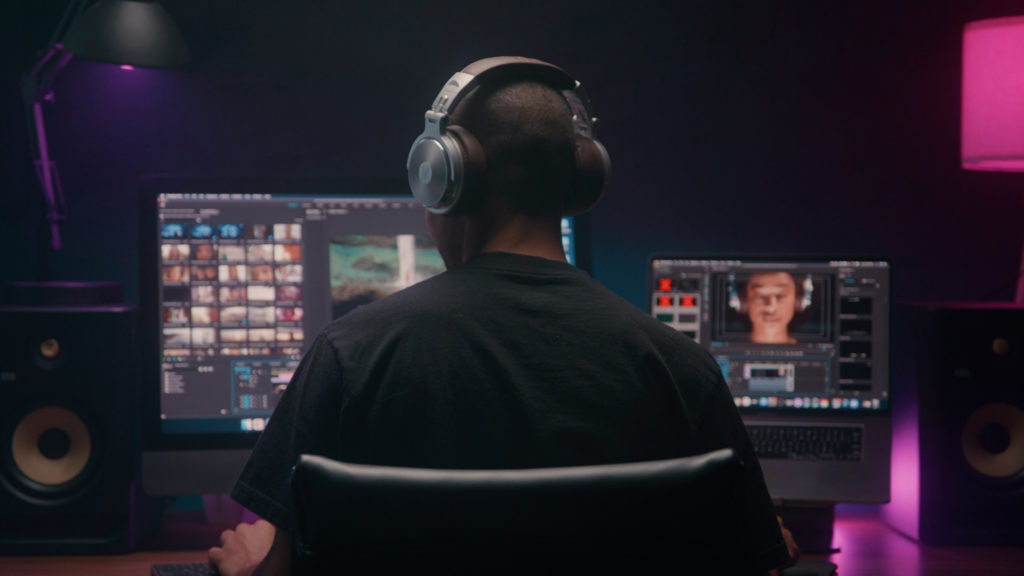
The Best Uses of Film Grain in Video Projects
- Creating a Vintage or Retro Aesthetic: Film grain can be used to give modern footage a nostalgic, retro look, reminiscent of older film stock. This is especially effective in period pieces or projects aiming for a historical feel.
- Enhancing Mood and Atmosphere: The texture of film grain can add emotional depth to a scene, enhancing the mood. For instance, a gritty grain can intensify a suspenseful moment, while a lighter grain can add to a dreamy, romantic atmosphere.
- Adding Organic Feel to Digital Footage: Digital video can sometimes appear too clean or sterile. Film grain overlays can introduce a more organic, tactile quality to digital images, making them feel more lifelike and less digitally rendered.
- Improving Visual Consistency: When combining footage from different sources or eras, film grain can help unify the visuals, making them appear as if they were all shot under the same conditions.
- Artistic Expression and Stylization: Filmmakers often use film grain creatively to convey a specific artistic vision or style. It can be a deliberate choice to give the video a unique visual identity.
- Softening Digital Noise: In low-light conditions, digital noise can be an issue. Adding a layer of film grain can sometimes mask this noise, resulting in a more aesthetically pleasing image.
- Enhancing Black and White Footage: Film grain can be particularly effective in black and white videos, adding depth and enhancing the classic film look, which is often associated with the golden era of cinema.
- Highlighting Emotional or Dramatic Moments: Using film grain strategically in certain scenes can draw attention to the emotional or dramatic weight of those moments, making them stand out in the narrative.
- Music Videos and Art Films: In genres like music videos and art films, where visual style is paramount, film grain can be used to add a layer of sophistication or edginess.
- Documentaries: To evoke a sense of authenticity or to pay homage to historical footage, film grain can be used in documentaries, especially when blending archival footage with new interviews or scenes.
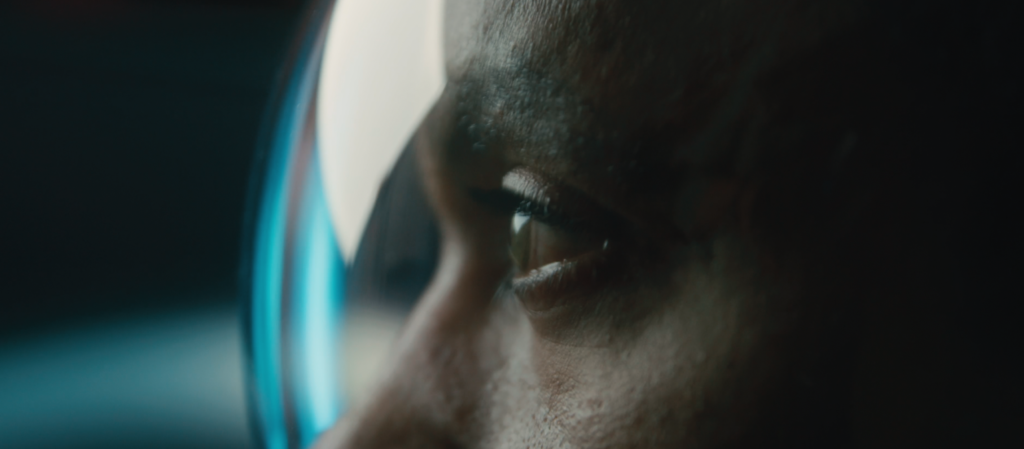
FAQs
How does film grain affect digital images?
In digital images, this grain is not inherent but can be added through film grain overlays. While traditional film grain results from the physical properties of metallic silver particles in film, in digital photography, it’s a visual effect applied in post-processing. Adding film grain to digital images can enhance their aesthetic, giving them a nostalgic or more organic feel compared to the often overly clean look of unaltered digital photos.
How does film speed influence film grain characteristics?
Film speed is a critical factor in determining the characteristics of film grain. In traditional photography, higher film speeds (ISO) result in more noticeable grain. This happens because high-speed film uses larger silver halide grains to capture more light, which becomes evident in the developed picture as larger, more noticeable grain. Conversely, lower film speeds yield finer grain, producing smoother and more detailed images. Understanding this helps photographers choose the right film stock based on the desired visual outcome.
Can film grain overlays improve digital video quality?
Yes, film grain overlays can significantly enhance the quality of digital video. By adding a layer of film grain texture, filmmakers can infuse a sense of realism and warmth often lacking in digital video. This technique is particularly useful for adding character to flat or sterile-looking footage, making the end result more visually appealing and emotionally engaging. It’s a popular technique in achieving a film-like aesthetic in digital projects.
What is the difference between film grain and digital noise?
While they may appear similar, film grain and digital noise are fundamentally different. As we touched on earlier, film grain is a natural result of the development process of celluloid film, stemming from the random physical texture of the silver halide grains in the film emulsion. It’s often considered aesthetically pleasing. Digital noise, however, is an unwanted byproduct of digital cameras, especially in low-light conditions. It manifests as random speckles across the image and is generally regarded as a detrimental effect on image quality. Adding film grain to digital images can sometimes mask digital noise, offering a more visually pleasing and intentional texture.
How does adding film grain affect the mood of a digital image?
Adding film grain to a digital image can significantly alter its mood and emotional impact. Film grain adds a layer of texture and depth, which can make an image feel more organic and less digitally processed. This can be particularly effective in evoking nostalgia or in creating a more intimate and personal atmosphere. In genres like documentary or historical fiction, film grain can lend an air of authenticity, making the image feel more grounded and real.
What are the benefits of using film grain overlays in post-production?
Film grain overlays in post-production offer several benefits. They help in achieving a specific visual style or aesthetic, especially for projects aiming for a vintage or cinematic look. These overlays can also unify disparate footage, making it appear as though it was shot under similar conditions or with the same camera. Moreover, they can soften the sharpness of digital video, which can be particularly appealing in narrative filmmaking or commercial work where a more filmic look is desired.
Can film grain be used to enhance black and white photography and film?
Absolutely, film grain can be particularly effective in enhancing black and white photography and film. It adds a layer of richness and depth to monochrome images, bringing out textures and contrasts in a way that mimics the classic look of old film stock. This can be especially appealing in artistic or expressive photography, where the grain texture itself becomes a part of the image’s aesthetic and narrative appeal. Additionally, in film, it can help to create a timeless or classic feel, often associated with the golden age of cinema.

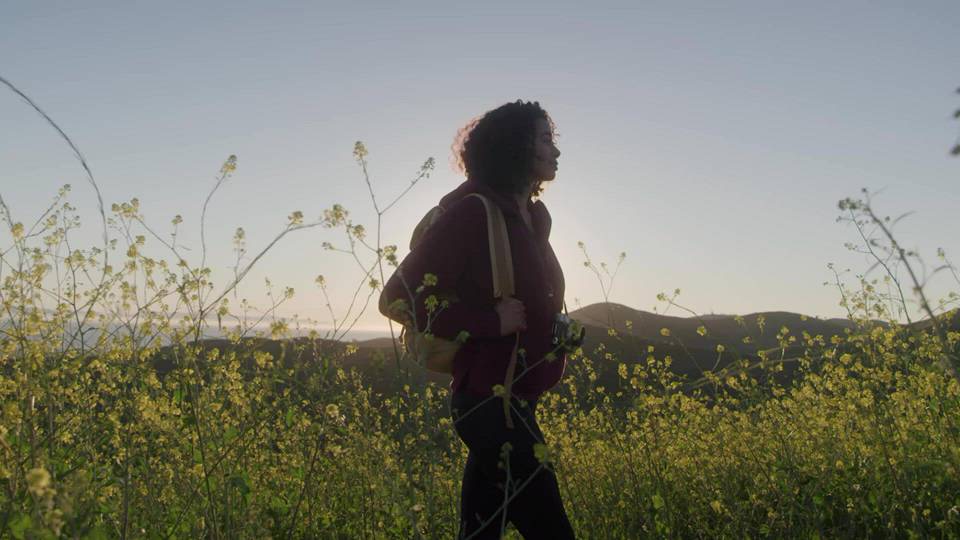
Final Thoughts
Understanding what film grain is and how it’s used opens up a world of creative possibilities. Whether you’re working with traditional film or embracing the latest digital technology, appreciating the role and aesthetic of film grain can profoundly influence your artistic vision. As technology evolves, the fusion of old and new approaches to capturing images ensures that the charm and character of film grain continues to enrich visual storytelling.
Related Articles

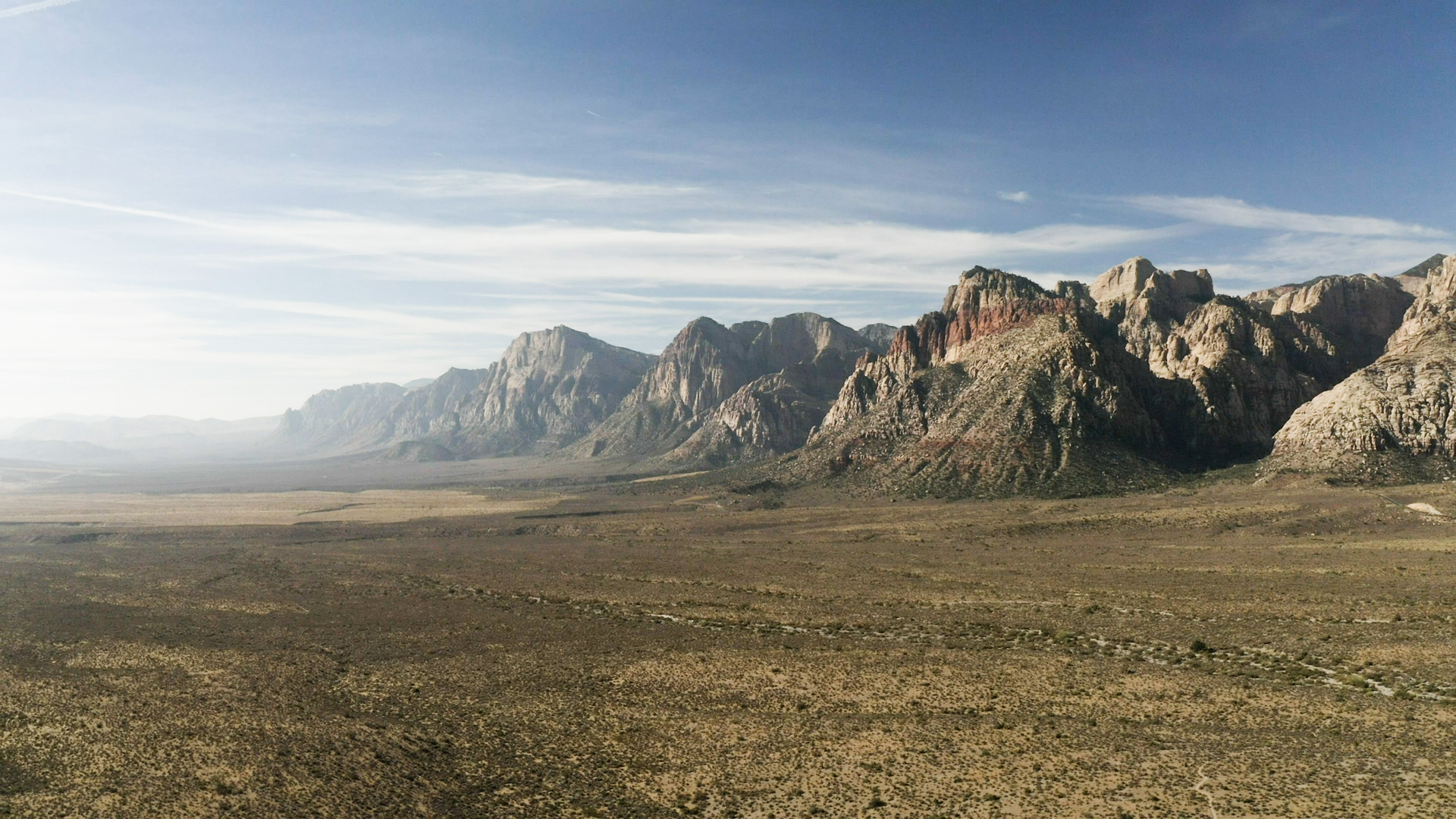
Free Song: “Orion”
Epic, building music tracks can be the perfect inspiration when cutting a demo reel or a travel film. Here's a free song to do just that.
Continue Reading
What Is A Blending Mode?
Blending mode is an effect that you can add to a clip that changes the way its colors interact and blend with the layer below it.
Continue Reading
Mastering the Art of Editing Styles for Effective Storytelling
Unleash your creativity with video editing styles that work. Transform your visuals & storytelling with the power of unique, compelling editing techniques.
Continue ReadingFeatured Articles

Filmpac’s Newly-Designed Project Feature
Filmpac’s newly-designed Project Feature is a powerful tool for collaborative video editing. Here’s a quick rundown of how it works.
Continue Reading
FILMPAC Announces Global Premium Clip Licensing Agreement with Getty Images
Continue Reading
How To Maximize Your Efficiency As A Filmmaker
One of the most difficult parts of being a professional filmmaker is effectively managing and budgeting your time.
Continue Reading
Filmpac Footage Contributor Program
Want to make money selling footage through a major stock footage platform like Filmpac? This page will walk you through the processs.
Continue Reading

